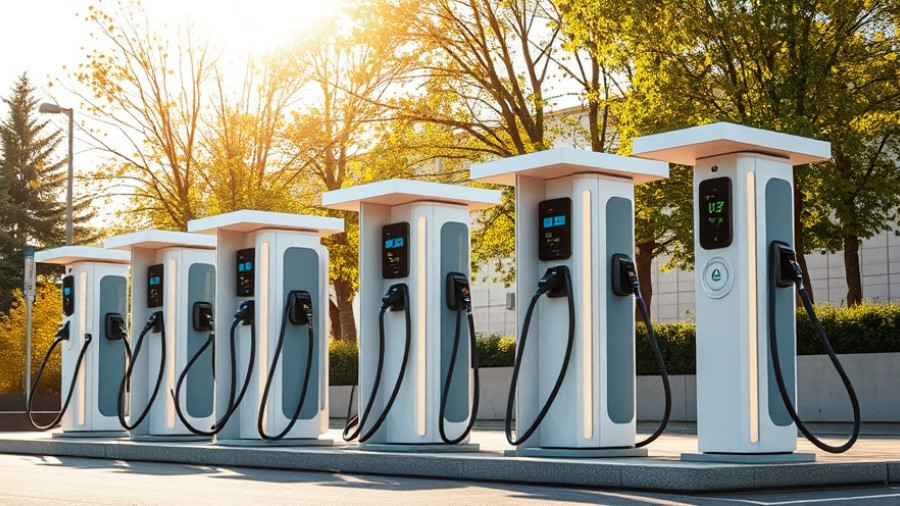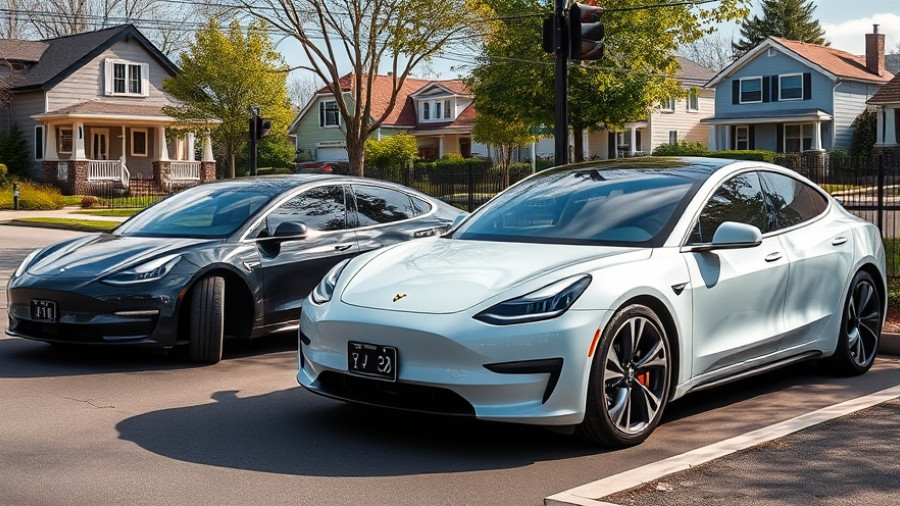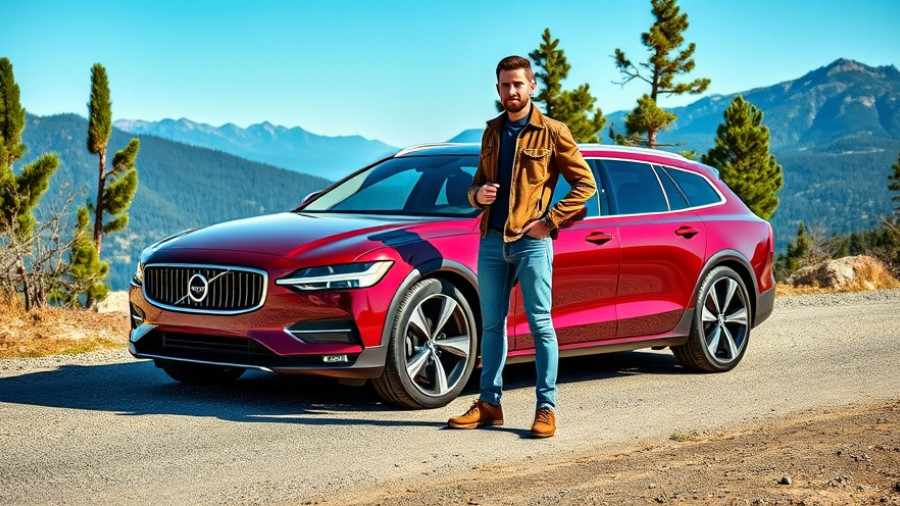
The Rapid Expansion of U.S. EV Charging Networks
The electric vehicle (EV) revolution is in full swing, as illustrated by the remarkable growth in charging infrastructure across the United States. As of October 2025, there are over 230,000 public charging ports nationally, representing a significant leap in accessibility for electric vehicle owners. This evolution is driven by a combination of federal initiatives, private investments, and local community efforts, culminating in an increasingly comprehensive EV charging network.
Government Support and State Initiatives
In August 2024, the Biden-Harris Administration announced a substantial investment of $521 million aimed at bolstering charging infrastructure across 29 states. This commitment showcases the federal government's dedication to creating an efficient ecosystem to facilitate EV adoption. California remains at the forefront with over 70,000 charging stations, reflecting the state's early embrace of both electric vehicles and environmental sustainability.
Regional Disparities and Consumer Behavior
While California leads the way, other states are making commendable strides in their charging networks. Washington, Florida, Texas, and Colorado have tailored their infrastructure to meet regional demands and demographic trends. For instance, Colorado now sees electric vehicles accounting for over 27% of new vehicle sales, illustrating how robust charging options can influence consumer choices. Each state's approach varies, highlighting that custom solutions are essential for effective infrastructure development.
Understanding Charging Technologies
The EV charging landscape can be divided into three main categories: Level 1, Level 2, and DC fast charging. Level 1 chargers utilize standard 120-volt outlets and provide minimal power, making them suitable for residential backup. In contrast, Level 2 chargers, which dominate public networks, offer quicker charging and are ideal for locations where vehicles are parked for extended periods. DC fast chargers represent the pinnacle of charging technology, capable of delivering hundreds of miles of range in just 30 minutes, thereby enhancing the feasibility of long-distance EV travel.
The Infrastructure Challenges Ahead
Building an extensive EV charging network presents unique challenges that extend beyond simply installing outlets. Grid operators face difficulties related to increased power demand, particularly due to DC fast chargers that can demand as much energy as several homes combined. To optimize this infrastructure, significant upgrades to local electrical systems must be made. Moreover, the presence of multiple charging standards—such as CCS, CHAdeMO, and NACS—adds complexity to the planning and adoption process. Fortunately, trends toward standardization are emerging, with many automakers indicating preferences for unified connector types.
Future Market Trends in EV Charging
Looking ahead, developments within the EV charging infrastructure market are expected to accelerate. According to industry reports, the U.S. market was valued at approximately $5.09 billion in 2024 and is projected to grow at a remarkable CAGR of 30.3% to exceed $24 billion by 2030. This growth is driven by both public and private investment aimed at expanding the network of charging stations, as well as the growing adoption of innovative charging technologies.
Actionable Insights for Homeowners and Businesses
As homeowners and businesses consider their own roles in this green energy future, exploring options for solar-powered charging stations becomes increasingly pertinent. Integrating solar energy can provide a sustainable source of power for charging EVs, offering substantial long-term savings and bolstering grid independence. This strategic approach not only supports the EV revolution but also aligns with broader goals of environmental sustainability and personal empowerment.
By understanding these trends and technologies, stakeholders can make informed decisions and contribute to a more sustainable transportation future. As communities grow their charging networks, the collaboration between government, industry, and individuals will be crucial to ensuring a seamless transition to electric mobility.
 Add Row
Add Row  Add
Add 



Write A Comment